-
978-960-7075-77-2
€18.00
In stock
-
9789607638564
€9.00
In stock
-
W549900049
€27.00
In stock
-
10003023
€20.00
In stock
-
EPN1164
€17.50
In stock
-
978-960-01-1287-0
€29.90
In stock
-
9789600109052
€11.70
In stock
-
9789606685583
€20.00
In stock
-
W549900060
€31.40
In stock
-
9789606685880
€18.00
In stock
-
960-6685-00-4
€8.00
In stock
-
979-0-801151-59-9
€25.00
In stock
-
9790801151469
€25.00
In stock
-
9790801151100
€25.00
In stock
-
9789607075475
€28.00
In stock
-
9790801151582
€20.00
In stock
-
1790-773X
€16.00
In stock
-
9790801151926
€16.00
In stock
-
979-0-801151-63-6
€15.00
In stock
-
9790801151704
€15.00
In stock






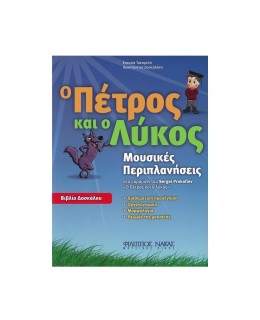
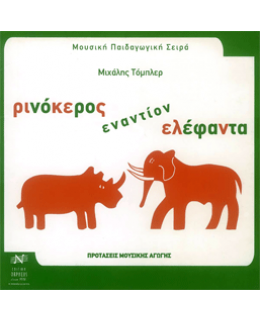




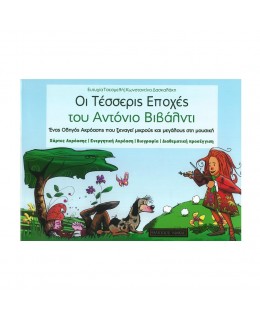



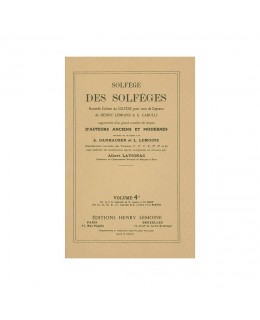
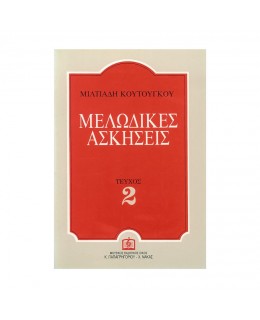









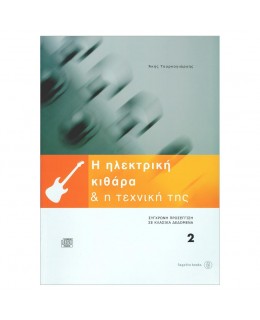



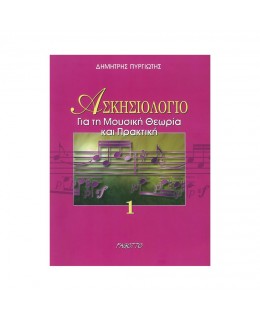


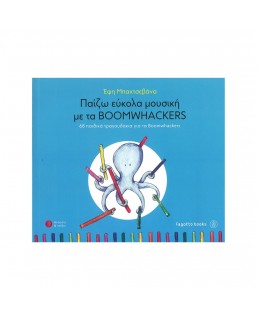


